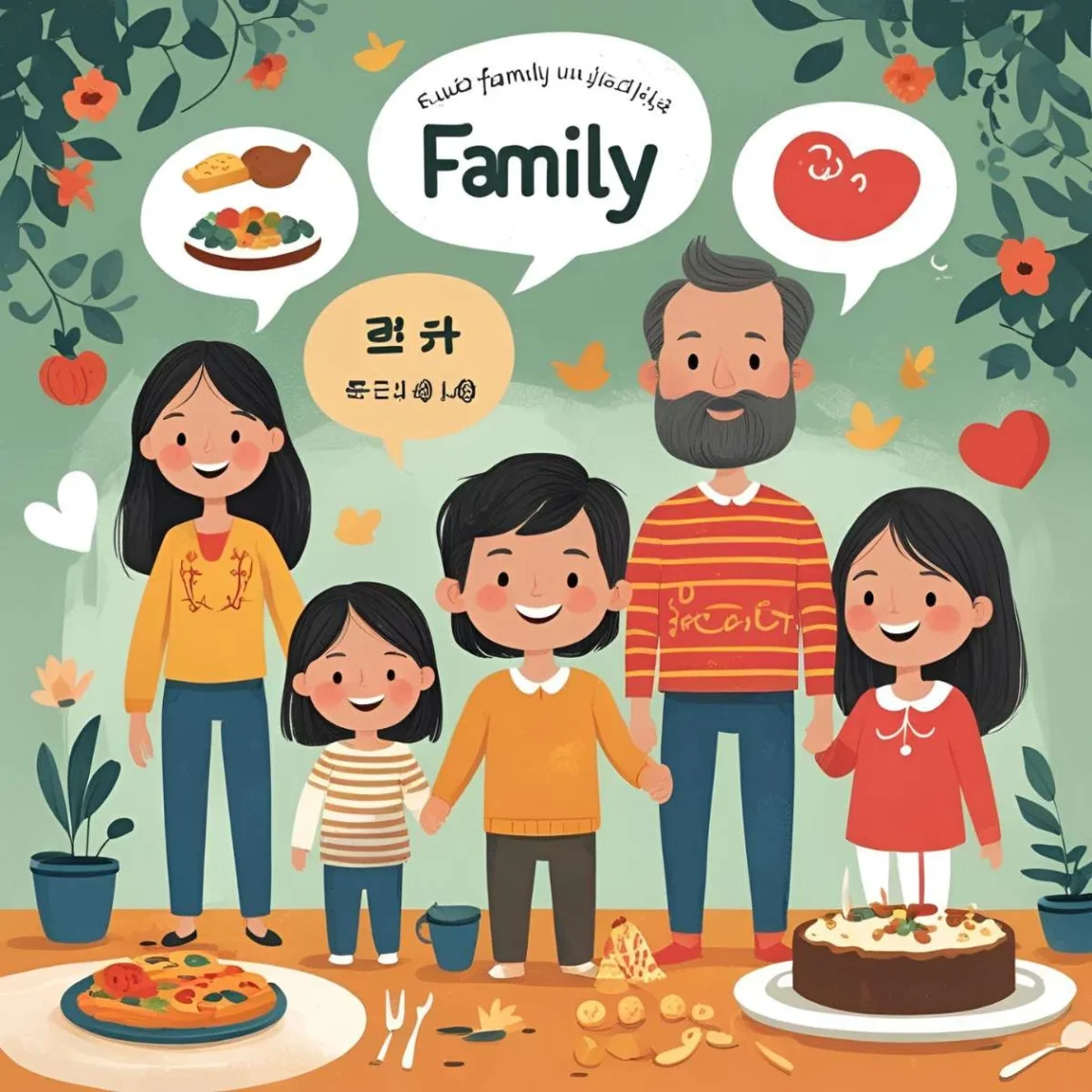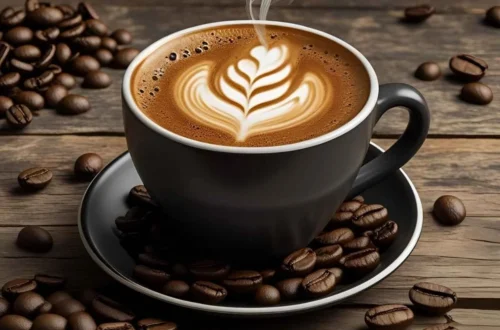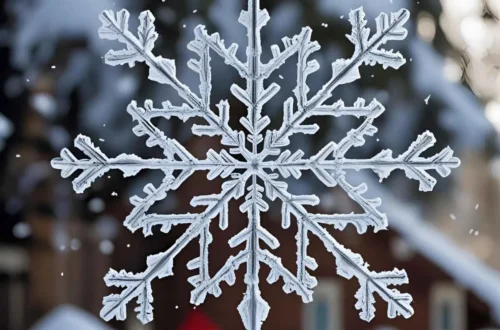When I saw my friend’s tattoo, a delicate script reading “familia” across her wrist, it wasn’t just ink—it was a tribute to her loved ones, etched in her native Spanish. The word “family” holds universal weight, symbolizing love, loyalty, and connection across cultures.
For instance, as a tattoo, it becomes a permanent reminder of these bonds, expressed in languages that carry unique cultural resonance. Whether you’re considering a minimalist design in Japanese or a bold statement in Swahili, let’s explore how “family” is said worldwide and how these words inspire meaningful tattoo art.
Reference Table: “Family” in Different Languages
| Language | Word/Phrase | Cultural/Linguistic Insight |
|---|---|---|
| French | Famille | Evokes warmth and togetherness, ideal for elegant script tattoos. |
| Spanish | Familia | A term of deep loyalty, often used in vibrant, bold tattoo designs. |
| Italian | Famiglia | Reflects strong family ties, perfect for cursive or traditional tattoos. |
| German | Familie | Straightforward and versatile, suits minimalist tattoo styles. |
| Mandarin | Jiātíng (家庭) | Means “home group,” symbolizing unity, often in calligraphic tattoos. |
| Hindi | Parivār | Conveys a collective bond, popular in intricate henna-inspired tattoos. |
| Japanese | Kazoku (家族) | Represents harmony, often used in kanji for sleek, symbolic tattoos. |
| Korean | Gajok (가족) | Emphasizes closeness, ideal for modern, geometric tattoo designs. |
| Arabic | ʿĀʾila (عائلة) | Means “support,” often in flowing Arabic script for artistic tattoos. |
| Swahili | Familia | A universal term in East Africa, suits bold, tribal-style tattoos. |
| Zulu | Umndeni | Means “household,” great for meaningful, cultural tattoo art. |
| Yoruba | Ìdílé | Implies lineage, often used in symbolic, ancestral tattoo designs. |
| Maori | Whānau | Represents extended family, popular in intricate Polynesian tattoos. |
| Hawaiian | ʻOhana | Means “family” including chosen kin, iconic for tropical tattoo styles. |
| Cherokee | Adanvdo | Translates to “heart,” a deeply emotional choice for tattoos. |
European Languages: Timeless Bonds in Ink
European words for “family” inspire tattoos that blend tradition and elegance. For example, in French, “famille” conveys warmth, making it a favorite for delicate script tattoos on the wrist or collarbone. Meanwhile, Spanish “familia” carries a sense of fierce loyalty, often seen in bold, gothic-style tattoos across Latin America or Spain. Additionally, Italian “famiglia” reflects deep-rooted family values, perfect for cursive designs that honor heritage. A tattoo artist in Rome might ink “famiglia” with floral accents for a romantic touch. In contrast, German “Familie” is simple and versatile, ideal for minimalist tattoos like small text on the ankle. These terms, reflecting Europe’s blend of passion and practicality, make stunning tattoo choices that resonate with personal and cultural pride.
Asian Languages: Harmony and Artistry in Tattoos
Asia’s diverse languages offer rich inspiration for “family” tattoos. For instance, in Mandarin, “jiātíng” (home group) symbolizes unity, often rendered in elegant calligraphic tattoos that flow like brushstrokes. In Hindi, “parivār” evokes a collective bond, inspiring intricate tattoos with mandala or henna-like patterns, popular in India. Similarly, Japanese “kazoku” (family) is a sleek kanji character, perfect for minimalist tattoos on the forearm or back, reflecting Japan’s emphasis on harmony. Korean “gajok” suits modern, geometric designs, aligning with South Korea’s contemporary tattoo trends. Finally, Arabic “ʿāʾila” (support), used across over 20 countries like Morocco and UAE, appears in flowing script tattoos, often paired with ornamental motifs. These words inspire tattoos that balance cultural depth with artistic flair.
African Languages: Community and Heritage in Ink
African terms for “family” carry communal weight, ideal for meaningful tattoos. For example, Swahili “familia,” used in over 20 countries like Kenya and Uganda, is a bold choice for tribal-style tattoos, reflecting shared identity. In Zulu, “umndeni” (household) is popular in South Africa for tattoos that honor lineage, often paired with ancestral symbols. Similarly, Yoruba’s “ìdílé” (lineage), common in Nigeria, inspires tattoos with geometric or Adinkra-inspired designs, symbolizing roots. These terms, often inked in vibrant markets or community gatherings, celebrate family as a collective strength, making them powerful tattoo choices.
Indigenous & Island Languages: Sacred Bonds in Tattoo Art
Indigenous and island languages offer unique tattoo inspirations. For instance, Maori “whānau” (extended family) in New Zealand is iconic in Polynesian tattoos, with intricate patterns symbolizing kinship. In Hawaiian, “ʻohana” (including chosen family) is a beloved choice for tropical-themed tattoos, often with waves or flowers. Similarly, Cherokee’s “adanvdo” (heart) inspires deeply personal tattoos, sometimes paired with tribal motifs. In Samoan, “aiga” (family) suits bold, traditional tattoo designs, reflecting Pacific communal values. Across over 20 indigenous and island cultures, these terms create tattoos that honor enduring, sacred bonds.
Cultural Insights: The Evolution of “Family” in Tattoos
The word “family” has shaped tattoo culture across history. In ancient Rome, “familia” included household members and servants, inspiring early tattoo-like markings of loyalty. In Polynesian cultures, “whānau” tattoos have long symbolized genealogy, etched in intricate patterns. Moreover, in African traditions, terms like “umndeni” tie to ancestral rituals, influencing modern tribal tattoos. In Asia, the rise of calligraphy tattoos reflects terms like “jiātíng,” blending art and meaning. These words, rooted in cultural traditions, make tattoos not just art but a testament to heritage and love.
Proverbs and Sayings: Wisdom in Ink
- French: “The family is a nest of love.” Perfect for a heartfelt tattoo quote.
- Hindi: “Family is the root of life’s tree.” Inspires nature-themed tattoos.
- Swahili: “Family is strength, like a baobab tree.” Ideal for bold, symbolic designs.
- Japanese: “Family is the heart’s home.” Suits minimalist kanji tattoos.
- Hawaiian: “ʻOhana means no one is left behind.” Iconic for Lilo & Stitch-inspired tattoos.
FAQs
Why do some “family” terms sound similar?
Shared linguistic roots, like Latin-based “familia” in Spanish and Swahili, or cultural exchanges, create similarities.
What’s the oldest term for “family”?
Latin “familia” (circa 1st century BCE) is among the earliest, encompassing household and kin.
How do cultures influence “family” tattoos?
Collectivist cultures (e.g., African, Polynesian) emphasize community in designs, while individualistic ones (e.g., European) focus on personal bonds.
Conclusion
From “familia” in Spanish to “whānau” in Maori, the word for “family” inspires tattoos that celebrate universal love and unique cultural roots. Each term, whether inked in elegant Arabic script or bold Polynesian patterns, tells a story of connection. Thus, these tattoos become lifelong tributes to the people who matter most. What’s “family” in your language, and how would you ink it? Share your tattoo ideas or stories below—we’d love to hear how you celebrate your loved ones!





